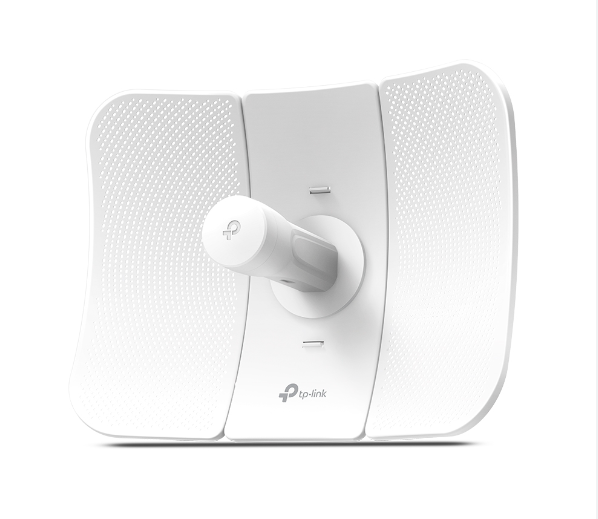
What is an outdoor Wireless CPE?
Benefits of Outdoor Wireless CPEs
1. Extended Coverage: Outdoor CPEs are designed to extend network coverage to areas beyond the reach of traditional indoor equipment. This is especially beneficial for large properties, remote locations, and outdoor spaces like parks or campuses where reliable internet access is required.
2. Robust Performance in Harsh Conditions: One of the key advantages of outdoor CPEs is their ability to operate reliably in various weather conditions, including rain, snow, and extreme temperatures. These devices are typically housed in weatherproof enclosures, protecting them from the elements and ensuring consistent performance.
3. High-Speed Connectivity: Outdoor wireless CPEs are equipped with advanced antennas and radio technology to deliver high-speed internet access over long distances. This makes them ideal for scenarios where high bandwidth is needed, such as streaming, video conferencing, or running outdoor security systems.
4. Cost-Effective Solution: For areas where laying fiber optic cables or other wired infrastructure is costly or impractical, outdoor CPEs offer a cost-effective alternative. They provide high-quality connectivity without the need for extensive infrastructure investments.
Applications of Outdoor Wireless CPEs
1. Rural and Remote Areas: In rural or remote areas where wired broadband is not available, outdoor CPEs are essential for providing residents and businesses with reliable internet access. They connect to wireless networks to deliver broadband services over long distances.
2. Large Properties and Campuses: Businesses or institutions with expansive outdoor areas, such as farms, campuses, or industrial sites, can use outdoor CPEs to ensure consistent internet coverage across the entire property.
3. Outdoor Events and Venues: Temporary installations for outdoor events, such as concerts, festivals, or sports events, benefit from outdoor CPEs by offering attendees reliable internet access for streaming, ticketing, or emergency communication.
4. Surveillance and Security Systems: Outdoor CPEs are often used to support wireless security cameras and other monitoring systems that require stable, long-distance connectivity to function effectively.
Key Features to Consider When Choosing an Outdoor Wireless CPE
1. Weatherproofing and Durability: Ensure the CPE is designed to withstand outdoor conditions, with features like waterproof enclosures, UV protection, and resistance to extreme temperatures.
2. Range and Signal Strength: Consider the range and signal strength the CPE can provide. Devices with higher gain antennas and advanced radio technology will offer better performance over longer distances.
3. Installation and Mounting: Look for CPEs that offer flexible installation options, including pole or wall mounting. Ease of installation is crucial, especially in challenging outdoor environments.
4. Frequency Bands and Compatibility: Check that the CPE supports the frequency bands used by your service provider and is compatible with existing network equipment. Dual-band or multi-band devices can offer more flexibility and performance.
5. Power Options: Outdoor CPEs often require power over Ethernet (PoE) for easy installation without needing a nearby power outlet. Ensure your installation site can support the power requirements of the device.
Installation Tips for Outdoor Wireless CPEs
Proper installation is key to maximizing the performance and longevity of your outdoor CPE. Here are some tips:
- Positioning: Place the CPE in a location with a clear line of sight to the service provider’s base station to minimize interference and maximize signal strength.
- Mounting: Secure the CPE on a stable structure, such as a pole or wall, at a height that reduces obstacles between the CPE and the signal source.
- Weatherproofing: Ensure all connections and cables are properly sealed to protect against moisture and other environmental factors.
Outdoor wireless CPEs are indispensable for extending network coverage to outdoor areas and remote locations. Whether you're looking to provide internet access across a large property, connect rural areas, or support outdoor security systems, these devices offer a reliable and cost-effective solution. By understanding the benefits, applications, and key features of outdoor CPEs, you can make an informed decision and optimize your outdoor network connectivity. With the right CPE, you can ensure that your internet connection remains strong, stable, and resilient, no matter where you need it.
663
0
734
172
